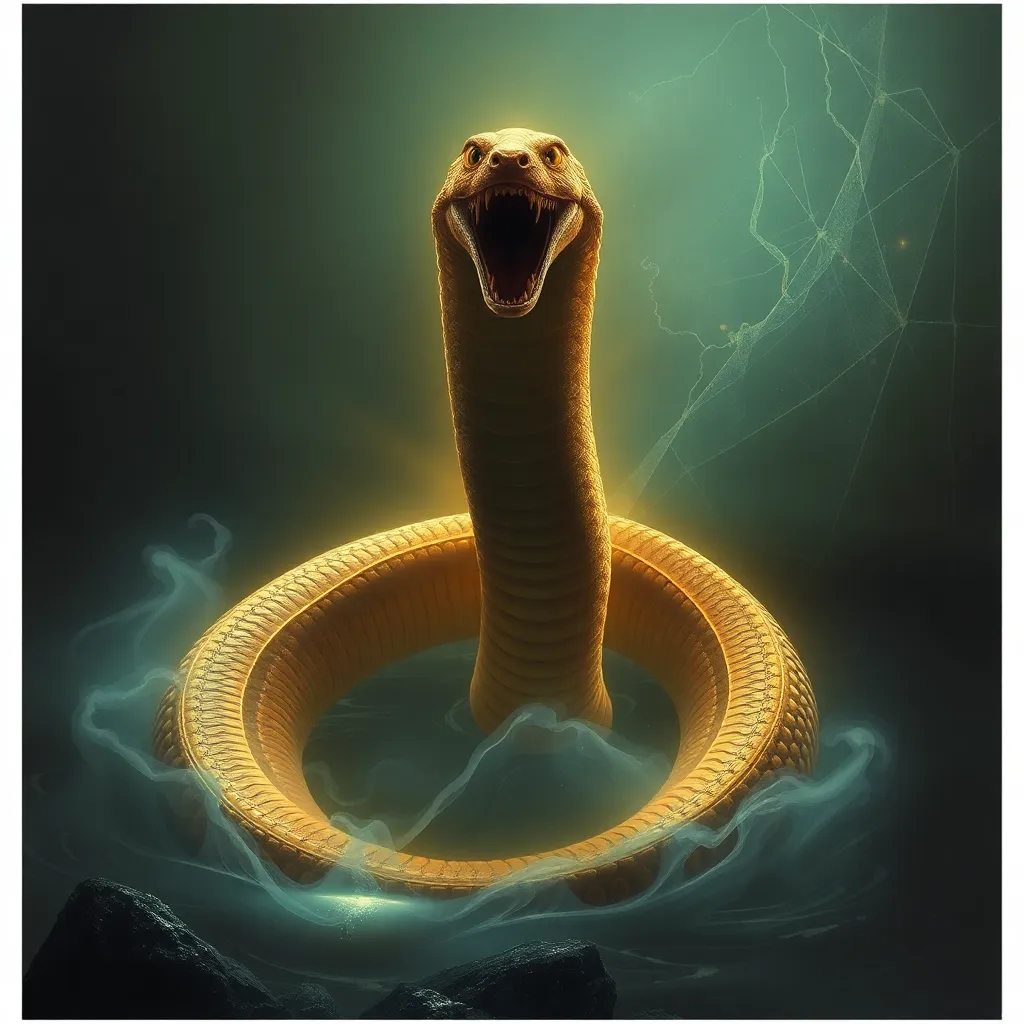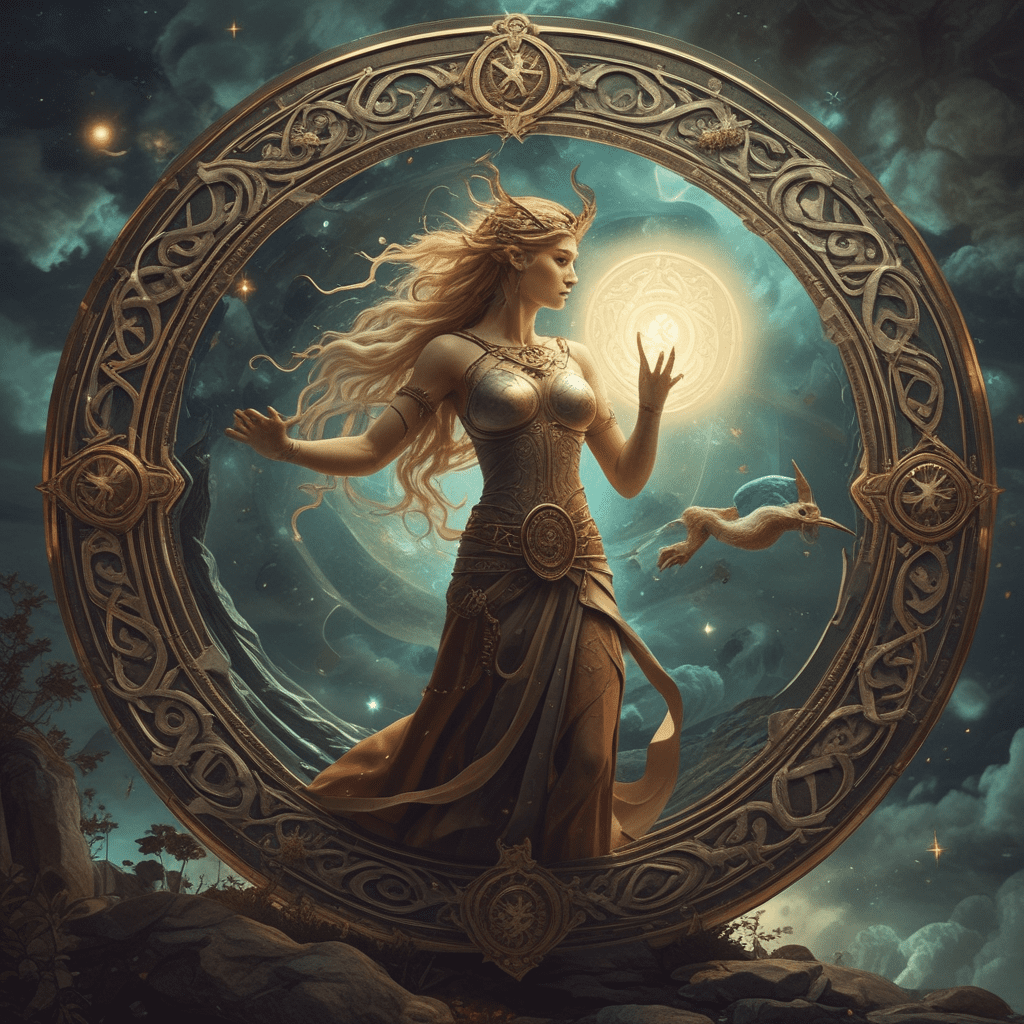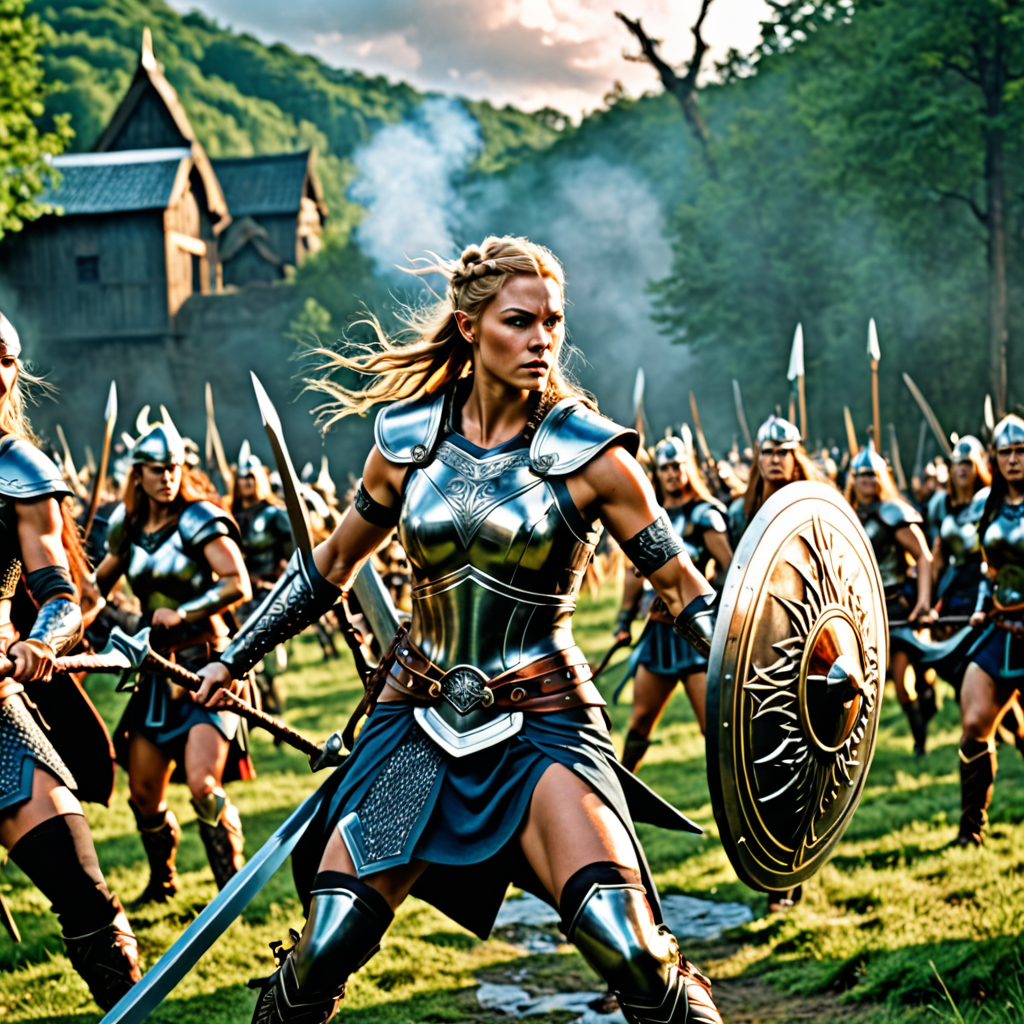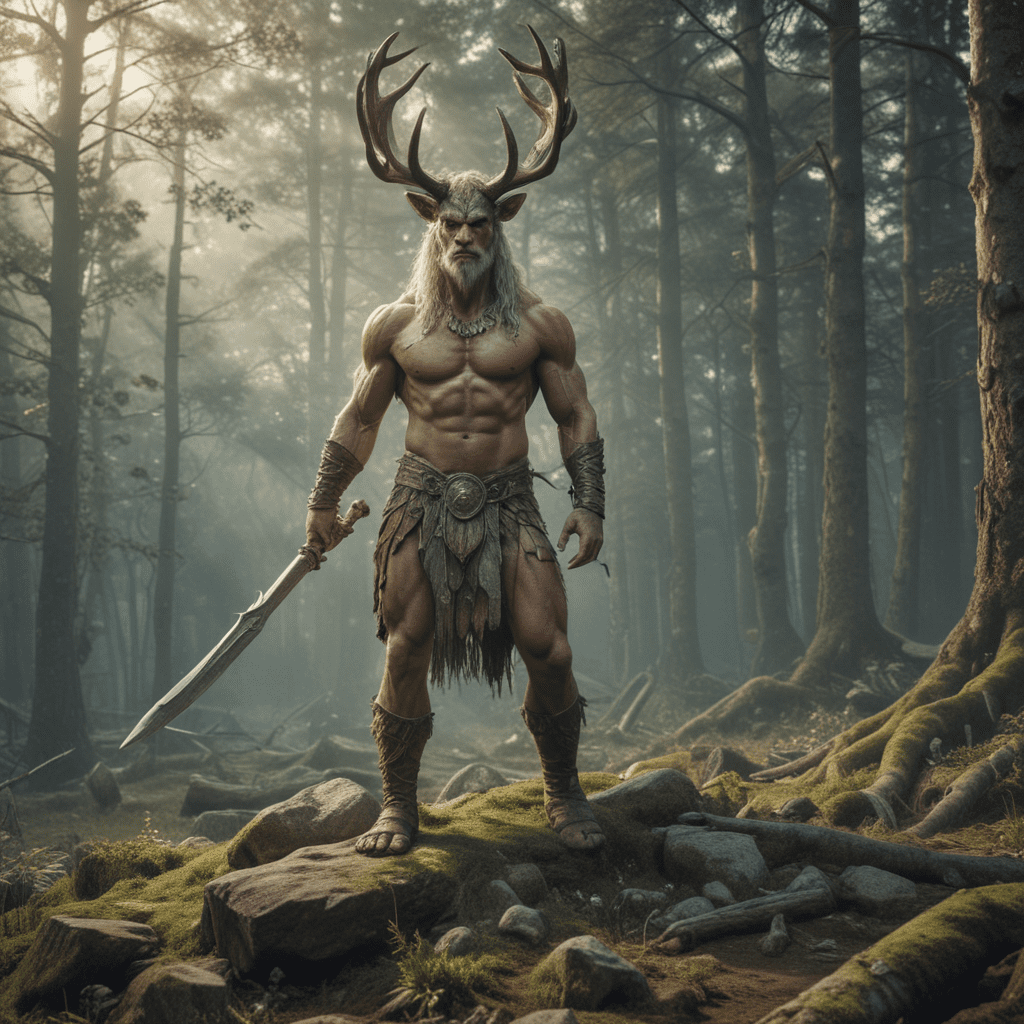The Serpent of the Nile: Níðhöggr’s Echoes in Egyptian Mythology
I. Introduction
Níðhöggr, a notable figure in Norse mythology, represents a complex symbol of destruction and renewal. This dragon-like creature gnaws at the roots of Yggdrasil, the World Tree, embodying the cycles of death and life prevalent in Norse beliefs. Meanwhile, Egyptian mythology, rich with intricate deities and symbols, offers a contrasting yet complementary perspective on serpents, particularly the Nile’s role as a life-giving force.
The purpose of this article is to explore the connections between Níðhöggr and the serpentine symbolism found in Egyptian mythology. By delving into these ancient narratives, we can uncover the shared themes of chaos, creation, and the duality of life and death that resonate across cultures.
II. Understanding Níðhöggr
Níðhöggr is often depicted as a fearsome dragon that dwells in the underworld, specifically at the roots of Yggdrasil. This creature is characterized by its insatiable hunger and its role in the cosmic order of Norse mythology.
- Description and characteristics: Níðhöggr is often described as a serpent or dragon, its name translating to “the one who strikes with hate.” It is a symbol of decay and destruction, yet its actions contribute to the cyclical nature of existence.
- Role in Norse cosmology: Positioned at the base of Yggdrasil, Níðhöggr is integral to the balance of life, feeding on the dead and recycling their essence back into the world.
- Symbolism: Níðhöggr embodies themes of life, death, and rebirth, reflecting the inevitability of decay as part of the natural order.
III. The Nile: A Sacred River in Egyptian Culture
The Nile River holds a central place in Egyptian mythology, revered not only for its physical sustenance but also for its profound spiritual significance.
- Significance: The Nile was seen as a divine gift, providing water to the arid landscape and enabling agriculture, thus sustaining Egyptian civilization.
- Symbolism: The river symbolizes life and fertility, often associated with the goddess Isis, who embodies motherhood and the nurturing aspects of nature.
- Serpentine motifs: The serpent appears frequently in Egyptian art and literature, representing protection, chaos, and the dual nature of existence.
IV. Parallels Between Níðhöggr and Egyptian Serpents
When examining the symbolism of Níðhöggr alongside Egyptian serpents, we find intriguing parallels that highlight similarities in their roles within their respective mythologies.
- Similarities in symbolism: Both Níðhöggr and serpents in Egyptian mythology embody the tension between destruction and renewal. While Níðhöggr consumes the dead, Egyptian serpents often protect the living and the realm of the gods.
- Comparative analysis: Figures like Apep, the serpent of chaos in Egyptian mythology, mirror Níðhöggr’s destructive tendencies. Both serve as antagonists in their mythological narratives, challenging the established order.
- Dual nature: Serpents often symbolize both protection and destruction, a theme prevalent in both cultures. They guard sacred spaces while also representing the chaos that must be contained.
V. The Role of Serpents in Creation Myths
Both Norse and Egyptian creation myths feature serpents prominently, illustrating the complex themes of chaos and order.
- Níðhöggr’s association: In Norse cosmology, Níðhöggr’s presence at Yggdrasil’s roots signifies its connection to the cycle of life, where destruction is a precursor to regeneration.
- Egyptian creation myths: The serpent Apep represents chaos and is often vanquished by the sun god Ra, underscoring the struggle between order and chaos.
- Concept of chaos and order: Both mythologies reflect the belief that chaos must be acknowledged and managed to maintain cosmic balance.
VI. Cultural Exchange and Influence
Understanding the cultural contexts of Norse and Egyptian mythologies reveals intriguing possibilities for interaction and exchange.
- Historical context: Although geographically distant, there were periods of contact through trade and exploration that could have facilitated the exchange of mythological themes.
- Cultural exchange: The migration of peoples and trade routes may have allowed for the sharing of symbols and narratives, influencing the development of serpent mythology in both cultures.
- Influence of trade routes: These routes not only facilitated commerce but also the movement of ideas, leading to a potential cross-pollination of mythological themes.
VII. The Legacy of Serpents in Modern Interpretations
The enduring legacy of Níðhöggr and Egyptian serpents continues to resonate in contemporary culture.
- Influence in media: Modern literature, films, and art often draw from these ancient symbols, reinterpreting them for new audiences.
- Resurgence of interest: There is a growing fascination with mythological symbolism, as people seek to connect with the deeper meanings behind these ancient narratives.
- Modern adaptations: Various adaptations of these myths highlight their relevance, showcasing the timeless nature of these archetypal figures.
VIII. Conclusion
In summary, the exploration of Níðhöggr and Egyptian serpents reveals significant connections and shared themes between these two rich mythological traditions. Both embody the duality of life and death, chaos and order, and the cyclical nature of existence.
This reflection on the interconnectedness of global mythologies emphasizes the enduring power of mythological symbols, as they continue to shape our understanding of the human experience across cultures and time.



